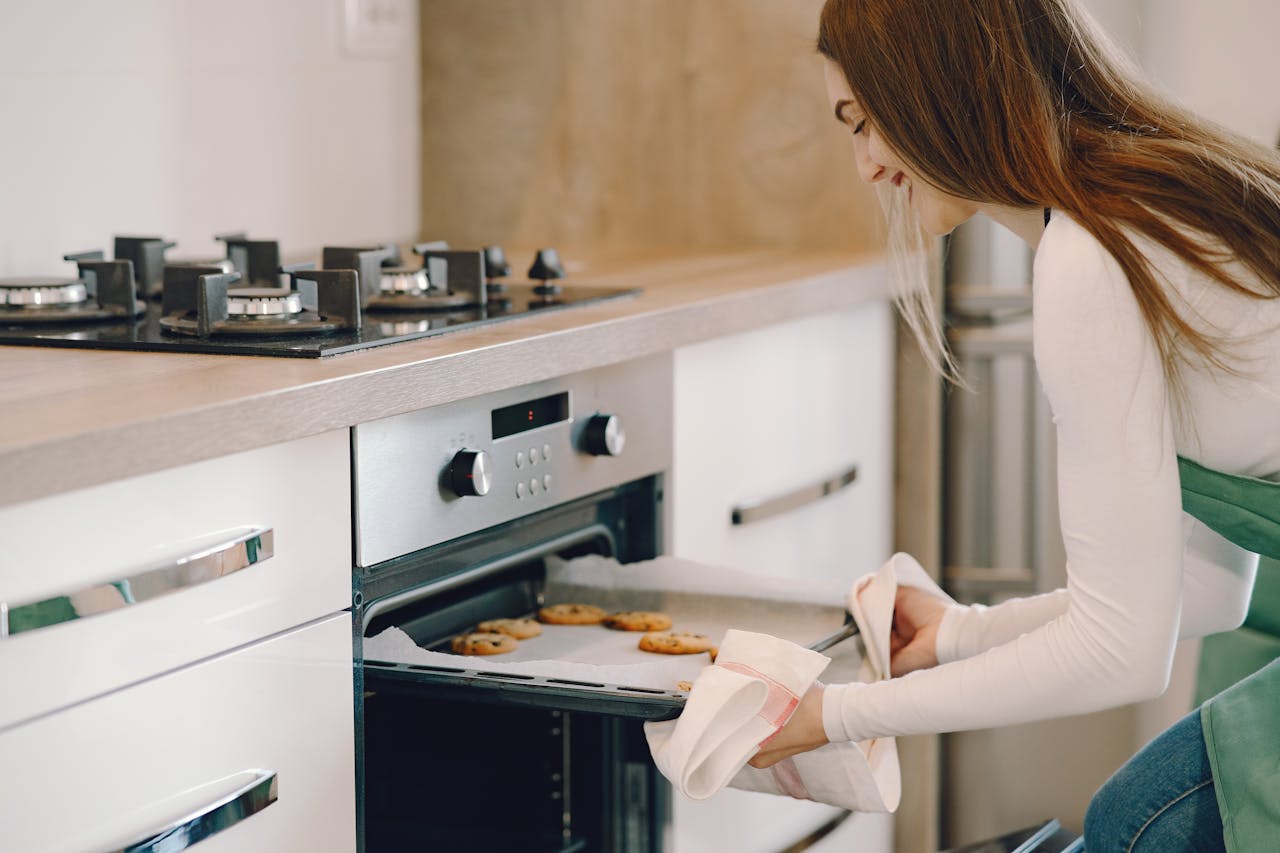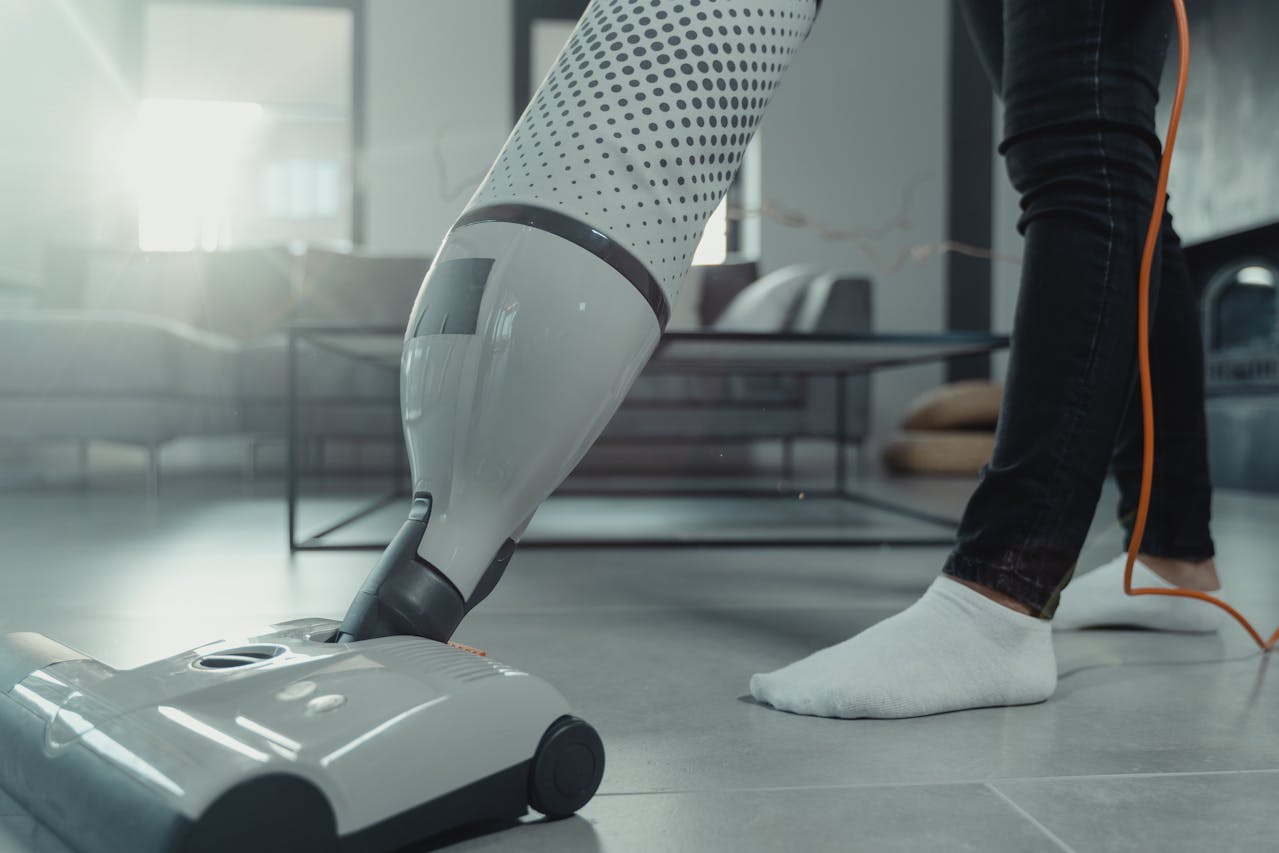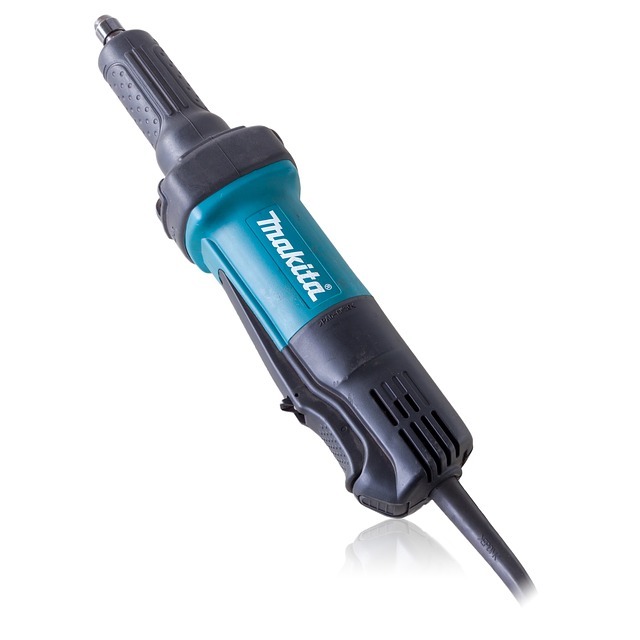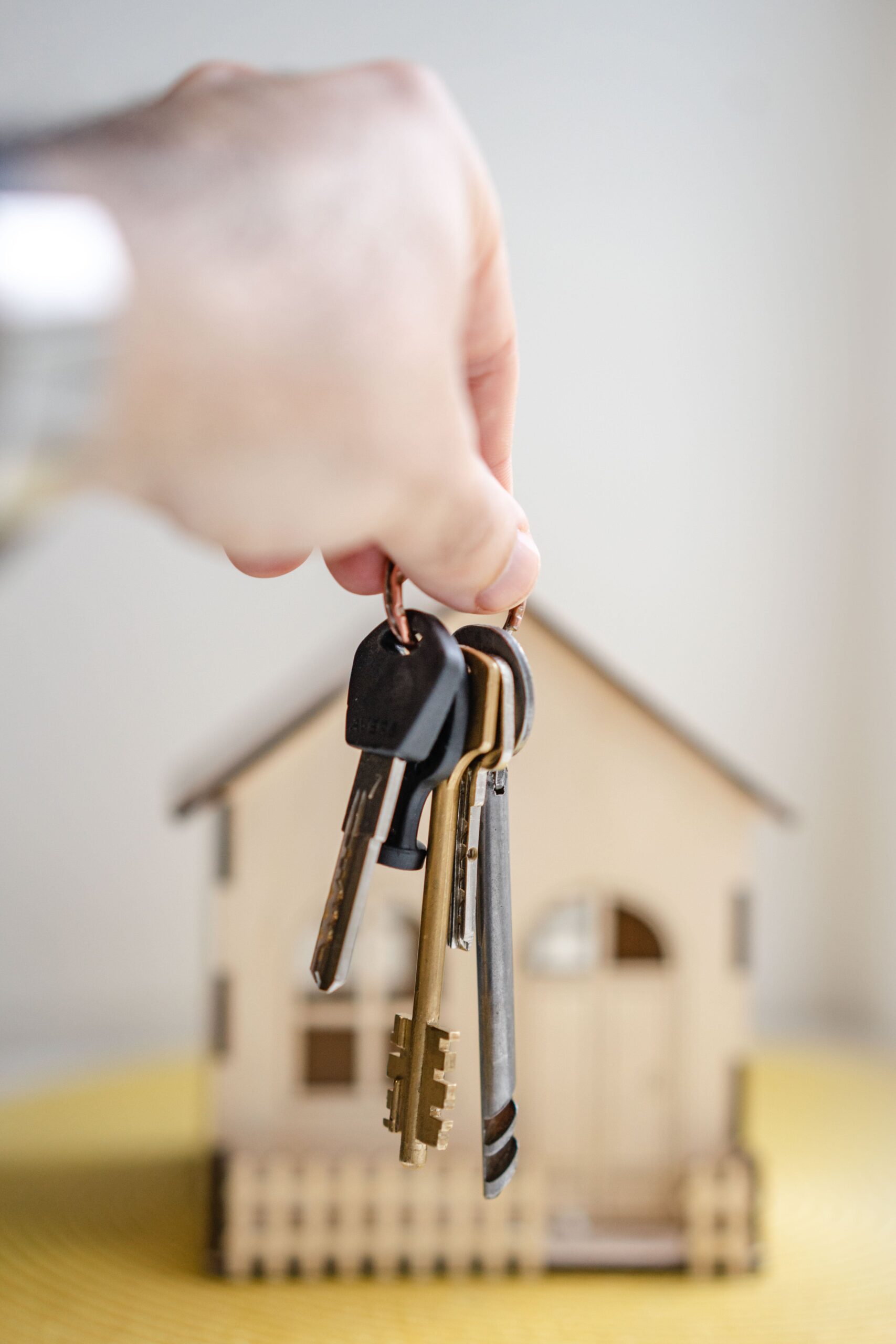How to Extend the Lifespan of Your Oven

Some things stick around far too long—like leftovers at the back of the fridge—while others disappear in a flash, like a pack of Tim Tams. Appliances are a bit like that too: some last for years if you care for them, while others can give up far sooner than you’d expect.
However, that figure only holds if the oven is well looked after. Without regular care, you might have to replace it years earlier than you planned.
This guide covers simple ways to maintain your oven, ensuring optimal performance and a longer lifespan.
Regular Cleaning
A clean oven is a happy oven. Letting grease and crumbs pile up causes weird smells and makes the oven work harder to generate the same amount of heat. That means higher power bills and premature replacement.
Start with gentle cleaners, like baking soda and vinegar. You will notice that they can cut through grime without damaging the inside.
Remember to give the door extra attention, so you can see what you are cooking without smudges getting in the way. And even later on, if you spot greasy marks, wipe them straight away before they have time to bake on.
A monthly clean is a good habit, though sometimes day-to-day life gets in the way. In that case, make sure to bring in a professional oven cleaning company. These experts will do the heavy lifting, and they have the know-how to get the job done without damaging your appliances.
Regular cleaning will not just keep your oven running well. It will also make cooking more pleasant and keep your kitchen looking and smelling great.
Use the Oven Light Instead of Opening the Door
It’s tempting to keep checking on your roast by cracking the door open. But every time you do, a wave of heat escapes, and your oven has to work extra hard to recover. That slows the cooking, consumes more power, and can even throw off your recipe.
The fix is simple. Use the oven light and take a peek through the glass. Set the rack in the right spot before you start, so you can see clearly without moving dishes around mid-cook. The middle rack is often the sweet spot for a good view.
Think of it as keeping the heat on the inside where it belongs. By doing so, you will save time, save energy, and avoid overworking the heating elements. Plus, your food will cook evenly and turn out delicious every time.
Calibrate Your Oven Regularly
An oven that’s too hot or too cold can ruin even the best recipes, leaving cakes that sink, roasts that dry out, and energy bills higher than they need to be. The good news is, a quick calibration check can keep things on track.
Place an oven thermometer on the middle rack and preheat to 177°C. Once the thermometer reading has settled, compare it to your oven’s display.
If the readings don’t match, check your manual for how to adjust the temperature settings. Many modern ovens let you do it digitally, while older models may need a small manual tweak.
Do this every few months to keep your cooking accurate, your energy use efficient, and your oven performing well. A few minutes with a thermometer now can save you from years of uneven bakes and wasted power.
Replace Worn-out Seals
If your oven struggles to keep a steady temperature, the door seals could be the culprit. These strips of rubber keep the heat in and the cold air out, which is especially handy when you are baking in the middle of winter or roasting a chook for Sunday lunch.
A quick visual check every few months is all it takes. Look for cracks, fraying, or spots where the seal has come loose. Wipe them with a damp cloth to stop burnt grease from wearing them down and decreasing their lifespan.
If they are past saving, replacements are easy to find at places like Bunnings, The Good Guys, or Harvey Norman, and many snap into place without tools. Alternatively, you can order them online.
Fresh seals mean better cooking results, lower energy use, and less frustration when you are trying to nail that pavlova.
Avoid Using Aluminium Foil on the Bottom
It might seem clever to line the bottom of your oven with foil to catch spills, but it can block airflow and even damage the enamel surface. In some cases, the foil can melt onto the base, leaving you with a stubborn mess that no amount of scrubbing will fix.
A better option is to place a baking tray on the lower rack to catch drips. You can also use oven-safe liners or a sheet of baking paper for smaller jobs, especially when making cheesy pies or lamington sponge cakes that tend to overflow.
This way, you will protect the oven without affecting its cooking performance. You can easily swap out the tray or liner whenever needed. No damage, and no blocked vents, just an easy clean-up and the delicious smell of good food all around your home.
Keep the Oven Vent Unobstructed
Your oven needs clear vents to circulate heat properly. If those vents are blocked by crumbs, grease, or a poorly placed tray, the oven can overheat or cook unevenly.
Every couple of months, give the vents a quick once-over. A soft brush, vacuum attachment, or damp cloth is all you need to remove any buildup. For stubborn grime, warm water and some dish soap work wonders.
Just a few minutes of maintenance can keep your oven in top shape and your meals turning out perfectly. Clear vents mean your roast lamb cooks evenly, your Anzac biscuits stay golden, and your oven stays in top shape for longer.
Use the Self-Cleaning Feature Sparingly
The self-cleaning cycle can be a lifesaver when your oven looks like it has been through a thousand barbecues. It uses very high heat to burn away baked-on grime, but it also puts excessive strain on the heating elements and other components.
Save this feature for special events, such as after Christmas lunch or a marathon baking weekend. For everyday cleaning, a gentler approach will protect your oven and still keep it spotless.
Mix baking soda with a little water to form a paste, spread it over the inside surfaces, and leave it overnight. Wipe it clean with a damp cloth the next day.
For extra muscle, splash on a bit of vinegar before wiping. This method is safer for the oven, better for the environment, and easier on the nose.
Used wisely, the self-cleaning cycle can still be your secret weapon, preventing potential future repairs.
Conclusion
An oven can last well over a decade if it’s treated right. A bit of regular cleaning, a few small checks, and smart habits in the kitchen can make all the difference.
These steps save you money on repairs and power bills, keep your cooking consistent, and spare you the hassle of replacing an appliance sooner than you need to. Plus, they make your time in the kitchen much more enjoyable.
Look after your oven now and it will return the favour for years to come, turning out perfect roasts, golden bakes, and midweek dinners without complaint.




